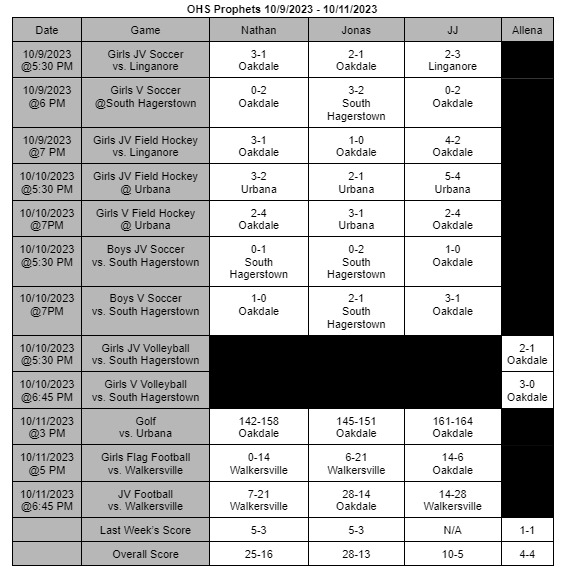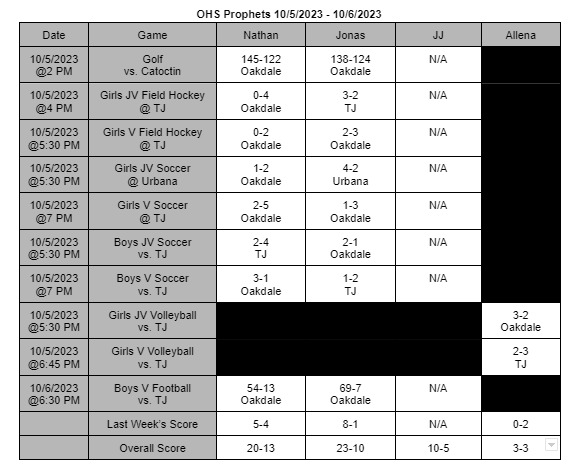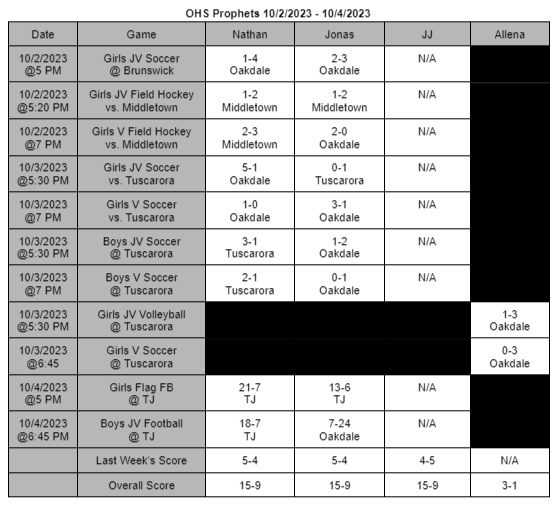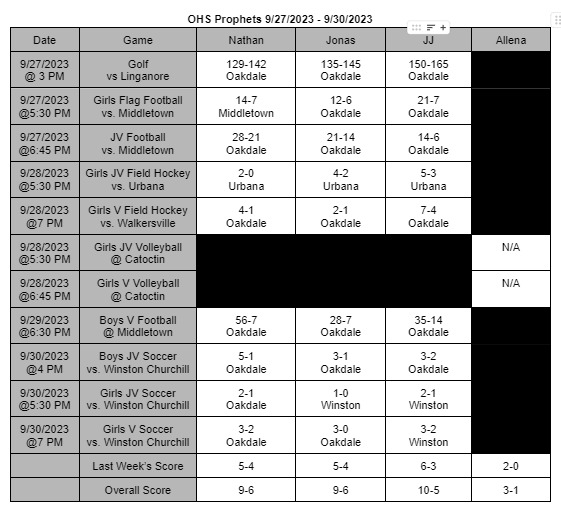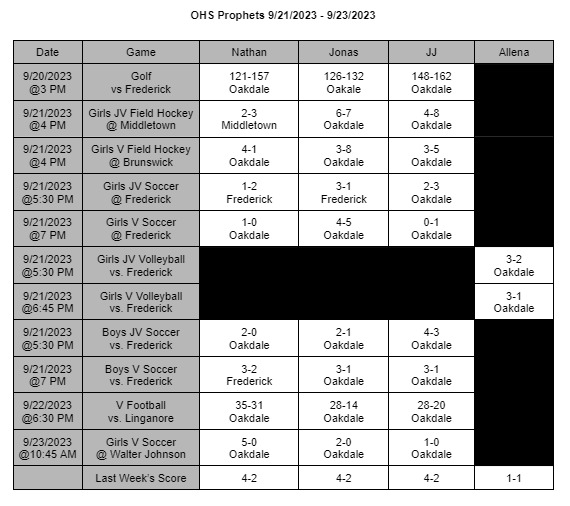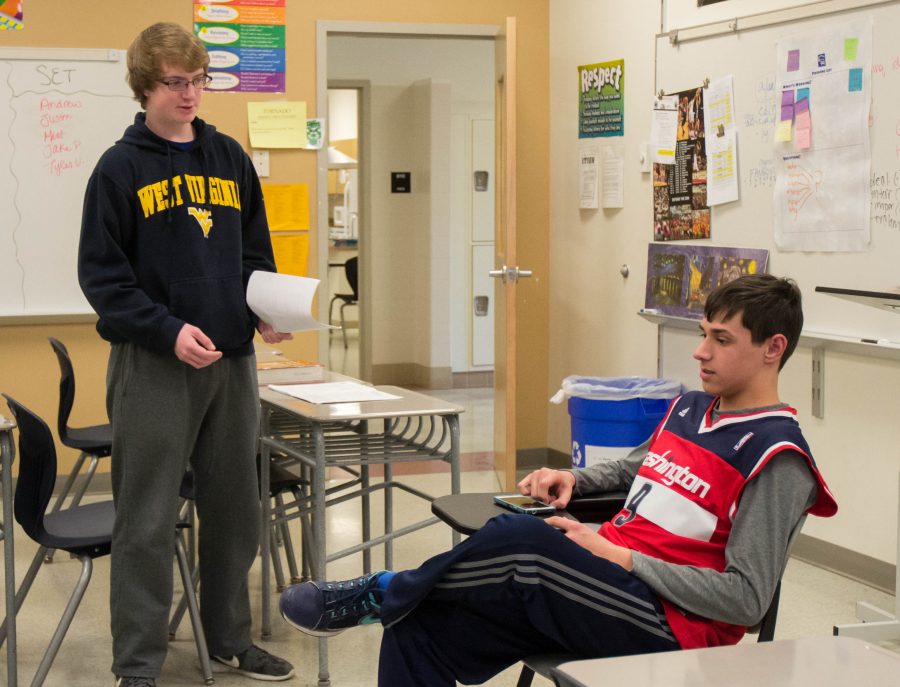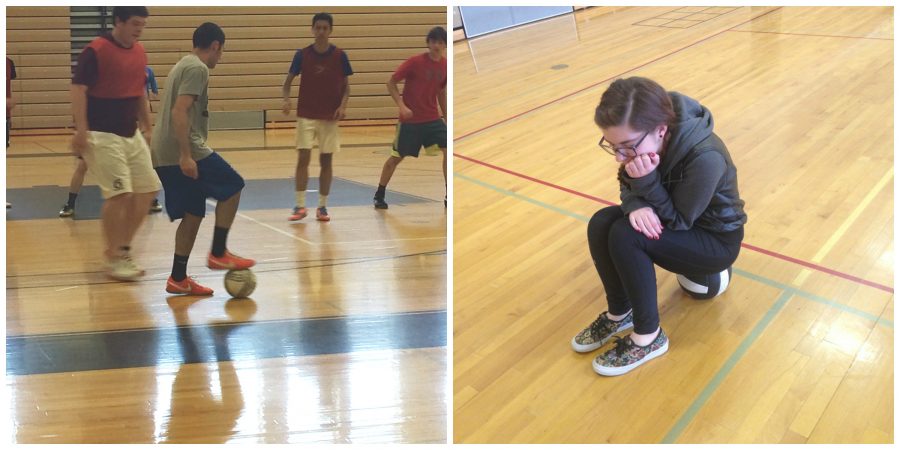ADHD in the Classroom
January 28, 2020
Many students struggle in school because of ADHD (Attention Deficit Hyperactive Disorder). This mental disorder is becoming more and more common with every generation, and those affected need to know what can be done to combat symptoms.
ADHD symptoms include internalizing and externalizing. Internalizing is typically defined by inattention, distractibility, poor concentration, impulsivity, and difficulties with time management and organization/planning. Externalizing generally means hyperactivity, fidgeting, restlessness, excessive talking, in some cases irritability and low frustration tolerance leading to aggression.
Treatment can incorporate different types of medication, additional learning services, and behavior therapy, including training for parents.
Medication that’s meant to directly treat symptoms is a highly controversial topic. Many students claim that it does absolutely nothing, while others believe that it helps a tremendous amount, and people just need to find the medication and dosage that works best for them. The downside of that is that it can take years for someone to find the right medicine for them.
Freshman Victoria Bishop argues, “My medicine changes my life and how I act towards others. It allows me to focus on education and make sure I’m paying attention to the world around me.”
The various kinds of ADHD medication all fall under two main categories: stimulants (ie. Ritalin, Metadate, Vyvanse, Aderal) and non-stimulants (ie. Strattera, Clonidine, and Guanfacine).
These medications are designed to help executive functioning of the brain and modifies pathways that lead to different symptoms. Receptors and neurochemicals in the brain are targeted with these medications to address specific symptoms.
Dr. Grace Thammasuvimol, M.D. explained, “Some mechanisms are not fully understood, so stimulants and non-stimulants both address the same symptoms. It’s not completely clear why.”
It’s hard to know exactly which medication is right for one person or because it depends on the side effect profile and their individual responses to the medication.
Additional learning services can be beneficial to those struggling with their schoolwork. For example, a student might get a 504 plan or an IEP to modify their class experience and optimize workflow.
A 504 plan is a set of recommended guidelines for modifications that can be made to make the working environment more suitable for a specific student. An IEP (Individualized Education Plan) is a legal document which prescribes modifications to the way one will teach and assess a student. Examples of these modifications include extended deadlines, access to the material covered during instruction time, or having the teacher read test questions out loud to the student.
ADHD can affect people in many different ways. Medication may be effective for some, but is completely useless to those who haven’t found that works for them. An IEP or 504 can help some students by modifying their education. Additionally, students can go to behavioral therapy to learn strategies to combat their symptoms. ADHD is different in everyone and should be handled with close attention.













